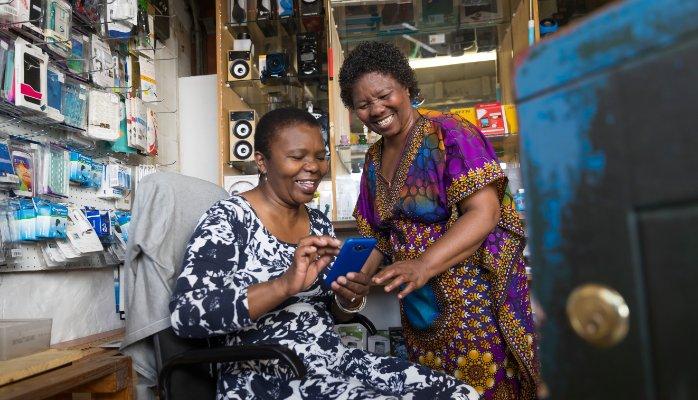Globally Crowdsourced Innovation: 3 Steps to Accelerating Impact and Success
by Christopher Wellise, Senior Director, Sustainability & Social Innovation

Originally published on LinkedIn
Businesses must adapt and innovate now more than ever – and in order to truly be successful, it cannot be done in a vacuum. As we all know, business can be immensely successful when it listens to its audience and has the ability to quickly turn ideas into action. It’s these ideas that in turn can change lives.
I recently had the opportunity to attend the 2017 International Society of Professional Innovation Management (ISPIM) Conference in Vienna, hosting the world’s largest gathering of innovation management professionals.
I had the honor of presenting our innovative program (as 1 of 4 finalists that had been selected), the HPE Living Progress Challenge (LPC), which won the Global Grand Prize in Innovation. What set this program apart was that it demonstrated new ways to engage the global community to solve some of the world’s toughest environmental and social challenges using the power of technology—and do it quickly but skillfully. Among popular themes like design thinking and co-innovation, it was great to see the response of business leaders to HPE’s unique social/environmental application—a component that I believe was integral to our overall success.
It was a great learning experience, which also got me thinking about why this model for innovation was so successful. While there are many components that lead up to the success of this innovation engine, the following elements were the most critical, in my opinion.
Identify a clear problem that needs solving
The case for why we must innovate needs to be compelling, otherwise it’s harder for others to engage and see the necessity of such work. The foundation of the LPC was a broad, simple question that grabbed people’s attention: “What software solutions and digital services would you create to improve people’s lives?” The winning solutions all identified and sought to solve a specific problem within a complex issue—from ending illegal fishing by automating trade data to detect discrepancies, to digitizing a financial recordkeeping system to meet the unique needs of financially excluded women. The wide-open nature of the problem statement also created some risk, but great innovation can sometimes come from being comfortable in ambiguity.
Think outside your existing POV for solutions
Look outside your team, company, and even industry for inspiration and collaboration. During the initial phase of the LPC we received nearly 400 submissions from 28 countries around the globe, with boundary-pushing proposals touching every aspect of society. The response was overwhelming.
In order to capitalize on the power of the crowd, we put very few limits on the types of ideas that could be submitted. In doing so, we were able to leverage the unique perspectives of thousands of people outside our own organization, who are unconstrained by the same thinking processes we are, and thus able to ideate things we never would have.
Capitalize on diverse skillsets to mobilize cross-functional teams
The best teams have several ingredients—project champions and decision makers, those with relevant capabilities, and diverse backgrounds. We put this into action with each of our LPC finalists: we used the power of design thinking with our own Spark community of over 12K global employees, and partnered with Topcoder’s global community of over 1M design and technology experts to rapidly develop prototypes.
Our winning solutions were brought to life with the help of experts who guided the integration of HPE technology and assisted the groups in navigating their respective deployment processes. By tapping into our core capabilities and using sustainability as a driver of innovation, as opposed to simply donating philanthropically to a cause, we were able to accelerate the impact of the program.
Make sure it’s scalable
The broader the application your innovation has, the greater the impact can be. The true reach of the Living Progress Challenge, and other projects like it, can be seen in the long-lasting and far-reaching outputs making a difference across multiple communities, industries, or geographies. For example, through WWF’s winning solution, data analytics are now being used to help disrupt illegal fishing, and work like this has future applications to timber and other commodities.
These types of solutions are a testament to the power of design thinking, co-creation and innovation. However, this is far from the end of the road. We will continue to adapt and innovate for the betterment of society, because as we’ve seen, one small idea can have a tangible, far-reaching, positive impact.

